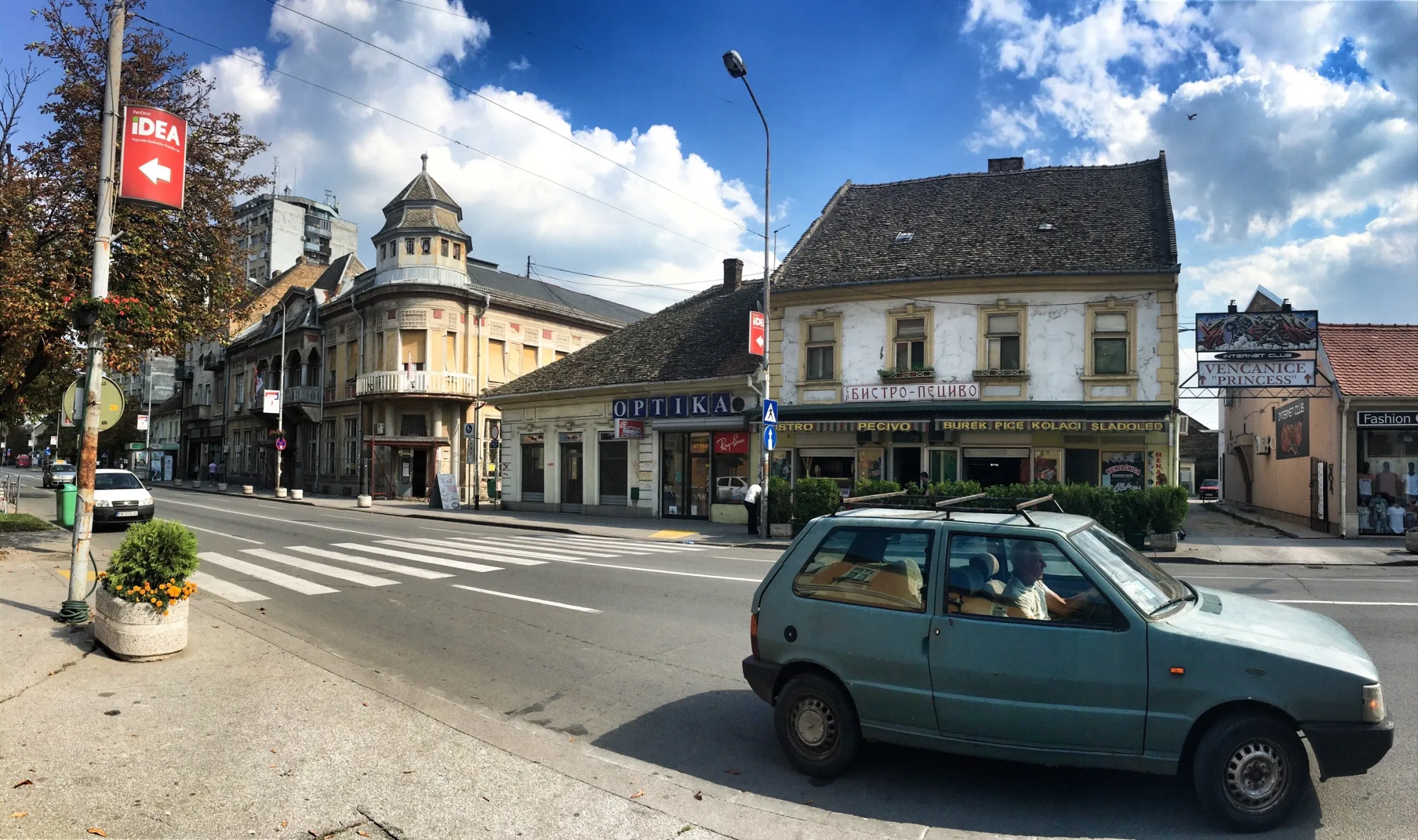Just a hop, skip, and a drive over the Danube 13 kilometers north-east from Belgrade is the fourth largest city in Serbia’s autonomous province of Vojvodina: Pančevo. Due to its close proximity and easy connection via the Pančevo Bridge, it can almost feel like a distant suburb of Belgrade yet it receives far less visitors than it should. With buses leaving every 15-30 minutesthroughout the day, it makes for quite a pleasant little excursion away from the hustle and bustle of the largest capital city in the Balkans and here are five reasons why.
It’s a good starting point for exploring Vojvodina
Compared to the rest of Serbia, the region of Vojvodina of approximately two million people is a unique assortment of cultures comprised of over 26 ethnic groups with six official languages (Serbian, Romanian, Hungarian, Croatian, Slovak, and Ruthenian). This side of the Danube remained under the Habsburg empire for a couple hundred years while the area south of the Danube largely fell under the Ottoman empire which can still be seen and felt today.
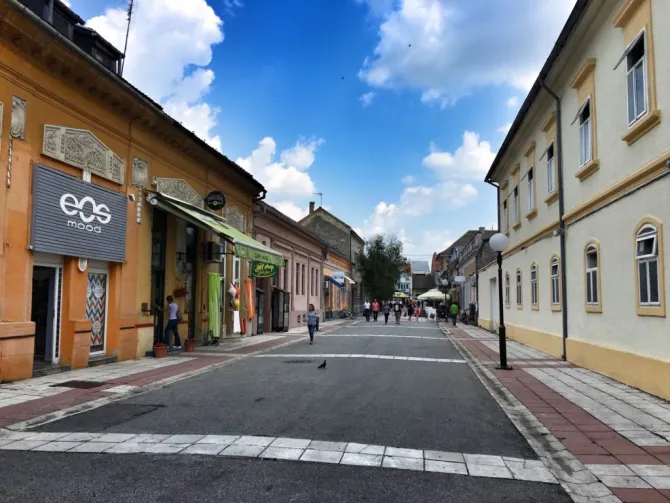
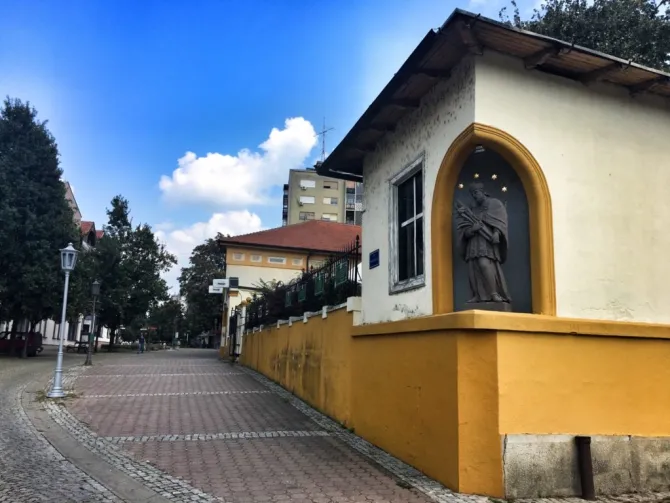
As the capital of Vojvodina, Novi Sad is definitely the most well-known city aside from Subotica, though starting out in Pančevo will allow you to explore some of the lesser known southern sights of the province before making your way north. Right outside of Pančevo you will find Vojlovica Monastery, one of the oldest monasteries in the region, and another 13 kilometers away Deliblatska Peščara/Deliblato Sands, or the “European Sahara” which is the largest stretch of sandy land in Europe.
It has a peaceful center surrounded by beautiful architecture
For such a small city and for such a historically industrial city, Pančevo’s center can feel like an oasis of calm in comparison to Belgrade with its slow pace of life, lovely green squares, and beautiful mix of typical Vojvodinian architecture, much of which remains from its time as a part of the Austro-Hungarian empire.
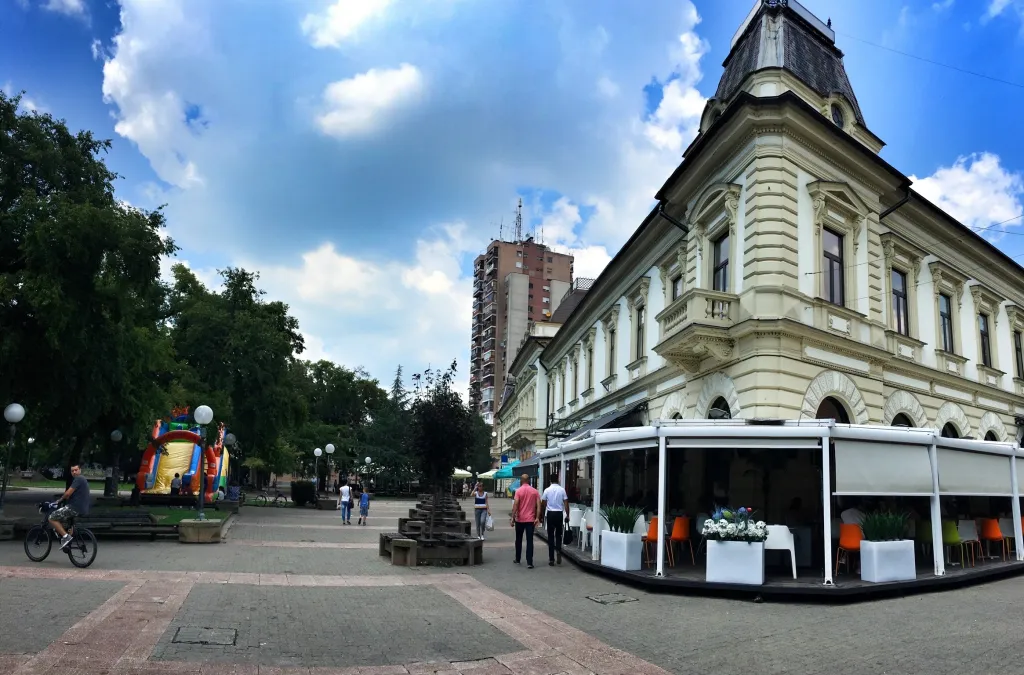
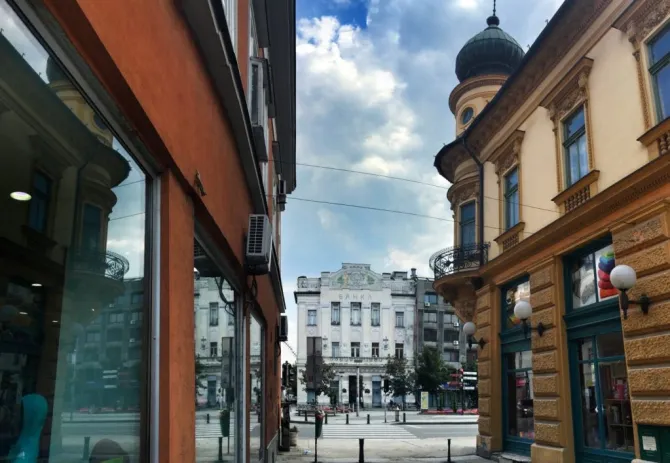
One of the symbols of the city is the striking Church of Dormition of the Virgin Mary, completed in 1824, with its double towers and stunning iconostatis which is more than worth a peek inside to see.
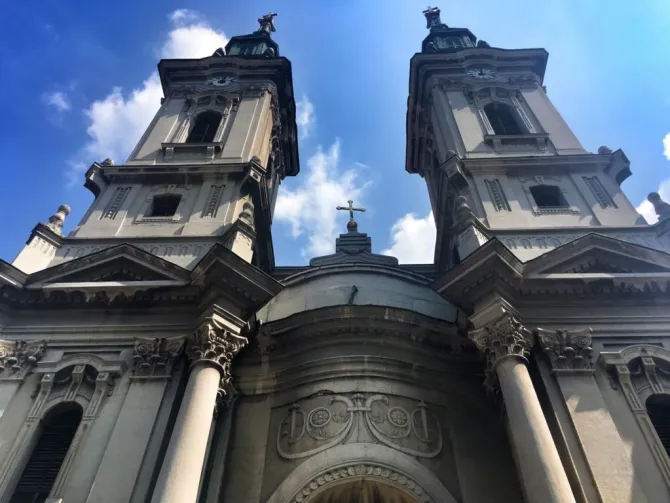
It’s cheaper than Belgrade
As far as European capitals go, Belgrade is a pretty high value destination with your buck stretching much further than anywhere in the west; however, in Pančevo, expect it to go even beyond. From basic services to nights out at the restaurants and bars, you can find some things costing a quarter to even half the price as what you would pay on the other side of the Danube. Pančevo is not only a pleasant excursion outside of Belgrade, but also a very budget friendly one.
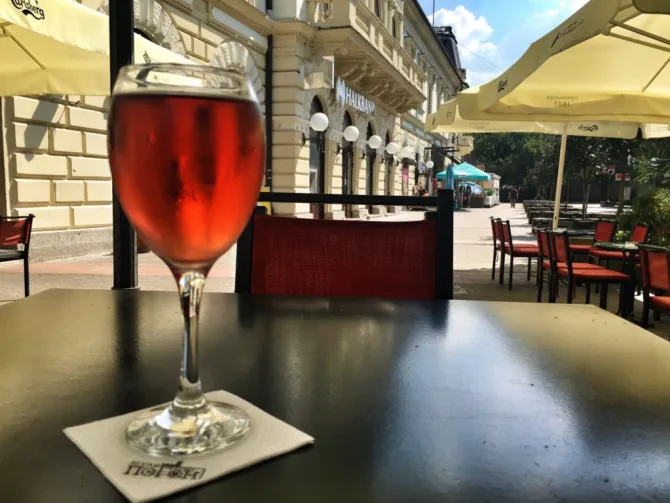
It has one of the oldest breweries in the Balkans
Though it may still look pretty derelict from the outside, the Vajfert Brewery just up from the Tamiš River is in fact the oldest brewery in Serbia and one of the oldest breweries in all of the Balkans. Beer has been produced here continually since 1722 and thanks to a recent revitalization project that was launched, visitors can not only grab a few brews at the adjoined bar/restaurant, but also check out the tower part of the brewery which was recently converted into a museum – the George Weifert Brewery Museum – named after Georg Weifert, one of Pančevo’s most famous citizens.
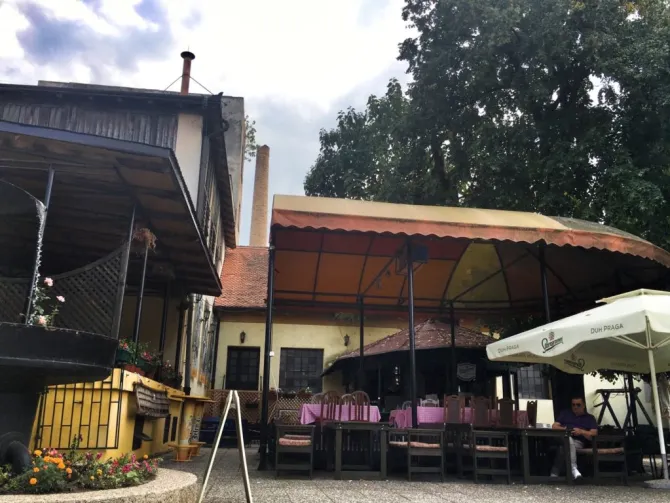
It’s where the Tamiš River meets the Danube River
Around Pančevo is the confluence of the Danube River, the second longest river in Europe which flows into the Black Sea, and Tamiš River which originates in the Western Carpathian Mountains of Romania.

During the warmer months the Tamiš Quay is a wonderful place to spend some time at one of its few riverside restaurants or journey a bit further to the mouth of the Tamiš where you can see two identical lighthouses that are somewhat unique in the region. Look closely and you may even find old school graffiti on them from WWII when Pančevo was occupied by the Nazis.
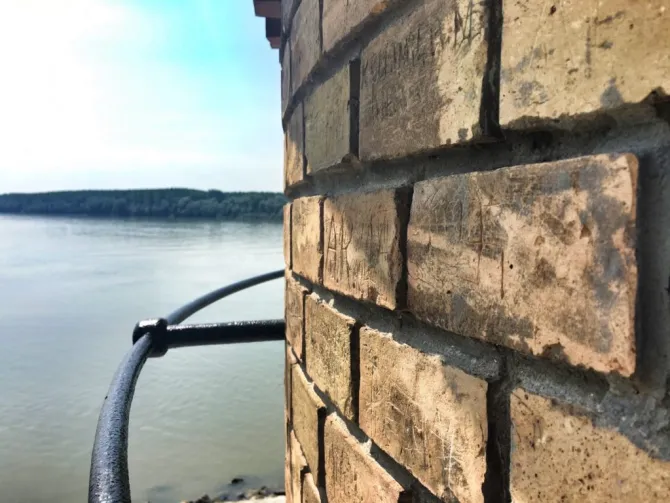
If you’re looking for something different to do while hanging around Belgrade or are interested in getting a taste of Vojvodina culture without having to travel too far, Pančevo is a great place to spend a few hours. Any other tips for exploring this lesser-known speck of Serbia?

